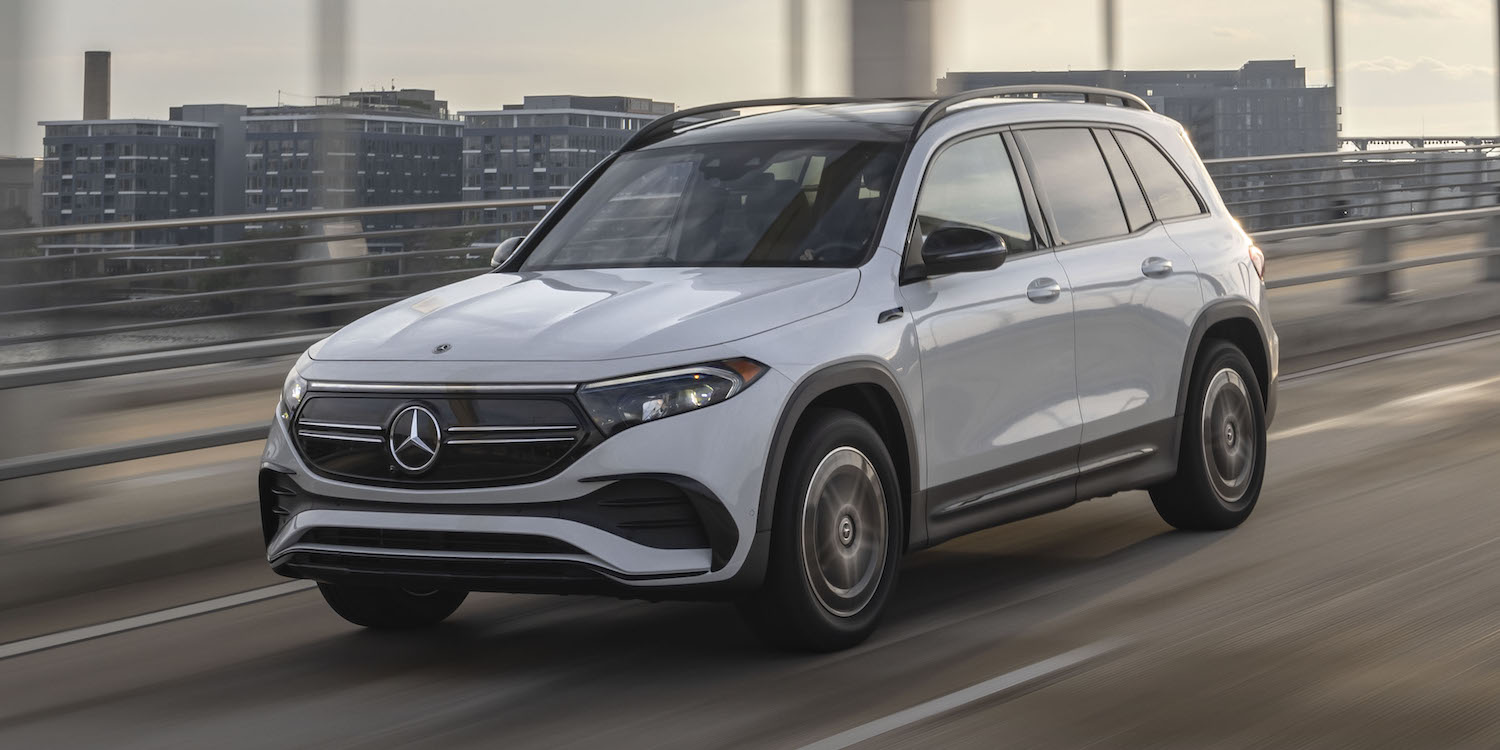
The most accessible and likely most popular Mercedes EV, the EQB, is soon going to be hitting dealerships in the US, joining Europe and Canada. And it might seem a little lot familiar if you’ve experienced the Mercedes GLB ICE vehicle, yet far improved because of the electric powertrain. Mercedes flew us to its proving grounds outside of Stuttgart to find out more…
Mercedes EQB specs
The EQB is a bit of an outlier when it comes to premium vehicles in terms of powertrain specs, and unfortunately, I don’t mean that in a good way. Let’s get the ugly out first:
- Battery: 70.5kWh usable up from 66kWh EU (not bad)
- Drag coefficient: 0.28 (low, which is good!)
- Power: asynchronous front, permanently excited rear motors (eh)
EQB 300 4matic: 225 hp (168 kW) 288 lb-ft (390 Nm)
EQB 350 4matic: 288 hp (215 kW) 384 lb-ft (520 Nm) - Top speed: 99.4 mph or 160km/h (uh oh)
- Price: $54,500 EQB 300, $58,050 EQB 350. $7500 Fed tax cred available(!)
- Range: 230-240 miles est. (gak)
- Dimensions: 184.4″ length, 72.2″ width, and 65.6″ height
- Frunk: Nein!
- Charging speed CCS Combo: 100kW (oof)
230-mile range, 100kW CCS combo
Remember, this is a Mercedes we’re talking about here, so expectations are relatively high.
I should note that Mercedes estimates EPA of 230-ish miles, while on much more optimistic WLTP scale, the slightly smaller European pack gets 419 km or 260 miles. Still that’s a step down from other players in this field.
Add to that a relatively slow 100kW charging, Mercedes says you can go from 10-80% charge in 31 minutes on a 100kW or faster charger. That’s about 165 miles and what you’ll need to aim for between stops to optimize travel.
For me personally, that lower range and charging speed spec makes this a less than optimal long trip vehicle. That isn’t really something that pairs well with a small SUV family car. That said, a “particularly long-range version” is also planned and a year of Mercedes “me Charge” is also included.
288 horsepower, 0-62 in………6.6–8 seconds
Also, the EQB, while significantly peppier than its ICE counterpart, is also slow for an EV. My testing confirmed this. We rode in the faster 288 horsepower 350 version, which I still found a bit laggy when the accelerator was stomped on.
That’s not surprising given the relatively small motors and significant 4,800 lb. weight of the EQB. Passing that semi with a car full of kids is going to take some patience.
EQB drive
The EQB drives like a luxury SUV first and foremost. No one is going to call this a quick car, but the electric drive train is quiet and responsive. The seats are comfortable and the navigation system is solid. I got a total of about 45 minutes of seat time total, which was enough time to get comfortable with the car. I expect to have more thoughts after a longer ride in the near future.
One thing I found interesting is that the front motor is much more powerful than the rear, an anomaly for AWD EVs. That’s because the lower-spec model that Mercedes sells in Europe and China has a front-drive-only model, which needs enough power to drive the whole car. Mercedes only added a lower-power rear motor to the back to give it AWD, not speed.
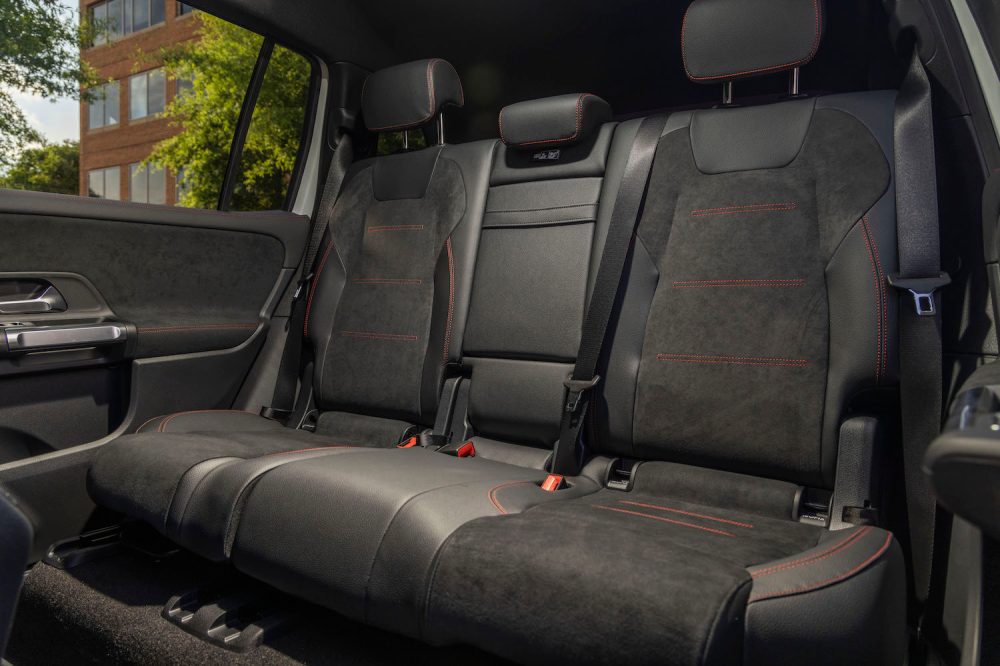
Mercedes EQB vs. Tesla Model Y – 3rd-row showdown
On one hand, these two vehicles aren’t very similar at all. The EQB is a repurposed ICE vehicle design with impressive luxury and mediocre EV attributes, while Tesla’s Model Y, with all of its ride/quality shortcomings is a relatively nimble and long-range drive. But as far as EVs with a 3rd row in this price range, there’s not much else out there. And it is unbelievable how many people have told me they can’t buy an EV because they need an affordable 3rd row option.
So here we are.
The EQB is actually in a smaller segment than the Tesla Model Y, but size-wise, they are within a few inches in every direction, with the Mercedes slightly taller while the Tesla is slightly longer and wider:
- EQB: 184.4″ L x 72.2″ W x 65.6″ H
- Tesla Model Y: 187″ L x 76″ W x 64″ H
Storage-wise, the Model Y is significantly bigger, owing to the frunk and cabin forward design where Mercedes is repurposing a car that was built to house an internal combustion engine up front. Instead of employing frunk space, there’s just loosely packed electrical gear under the hood. That said, it feels quite spacious inside.
Four adults will feel comfortable in the EQB, as will two adults and three kids.
Tesla advertises an over 300-mile range but even with its overly optimistic estimates, it is still going to take you much further between charging stops and charge quicker.
The Mercedes is a Mercedes however with a much nicer interior, ride, and build quality.
As for the third row, both are tight in the back, with Mercedes recommending that only kids and smaller, under 5’4 adults sit there. Both vehicles get additional space by moving the 2nd row up about 5-6 inches. Mercedes didn’t provide a 3rd row vehicle for us to inspect, but judging by the amount of space in the rear, it is a kids’ area. Here’s the only image I could find on the EQB 3rd row:
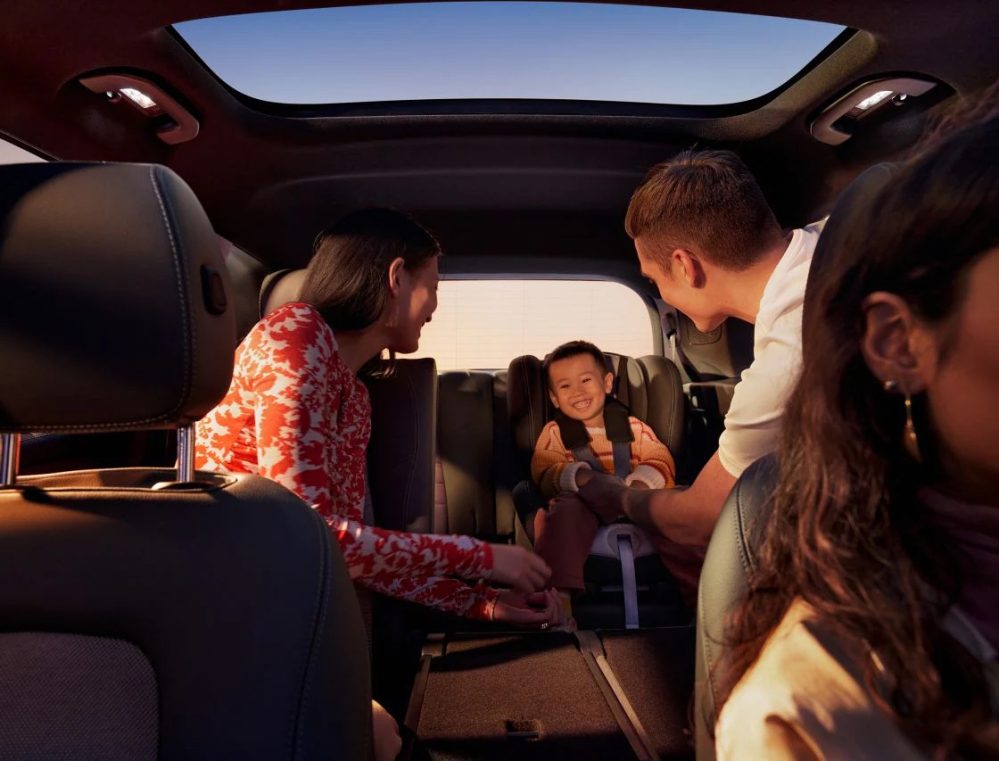
Mercedes views two other competitors in this space, the Audi Q4 e-tron and the VW ID.4, neither of which offers a third-row option.
2014-17 Tesla-powered B-Class sold in California
Tesla CEO Elon Musk often talks about the company-saving investment Daimler made in Tesla. The primary product, or by-product of that investment, was Tesla’s building the drivetrain for the limited Compliance/ZEV mandate California B-Class B250e. That’s the closest thing to the EQB Mercedes has ever made, and it was essentially a 100-mile range compliance car. So this is a step up!
Mercedes Benz EQB intangibles
It is important to remember that this is a Mercedes, and along with excellent build quality, the car comes with a ton of standard features:
Standard equipment highlights for the EQB include EQ-specific design language with front and rear LED light bands that are seamlessly integrated into the black- panel grill. The EQB interior features the new-generation MBUX (Mercedes-Benz User Experience) Multimedia System with Augmented Reality Navigation system with Electric Intelligence highlighted on the 10.25” Digital Instrument Cluster and 10.25” Touchscreen Multimedia Display. Certain safety features such as the Active Lane Keeping Assist, Blind Spot Assist, and Active Brake Assist are also equipped as standard. In many critical situations, the latter has the ability to prevent a collision or reduce its severity with autonomous braking. The system is also able to brake for stationary vehicles and crossing pedestrians at typical city speeds.
Electrek’s Take:
This is a $55,000 Mercedes electric seven-seater, and after the federal tax credit, it will be under $50,000. That means something has to give. Thankfully Mercedes didn’t sacrifice on its workmanship. It chose to skimp on the electric drivetrain, which, for many people, is going to be just fine.
I would expect in the coming years that Mercedes will offer a much sportier version of this with hopefully longer range and better charging dynamics.
For now, this will make an amazing family car for those without a lead foot and lots of patience on long trips.
FTC: We use income earning auto affiliate links. More.
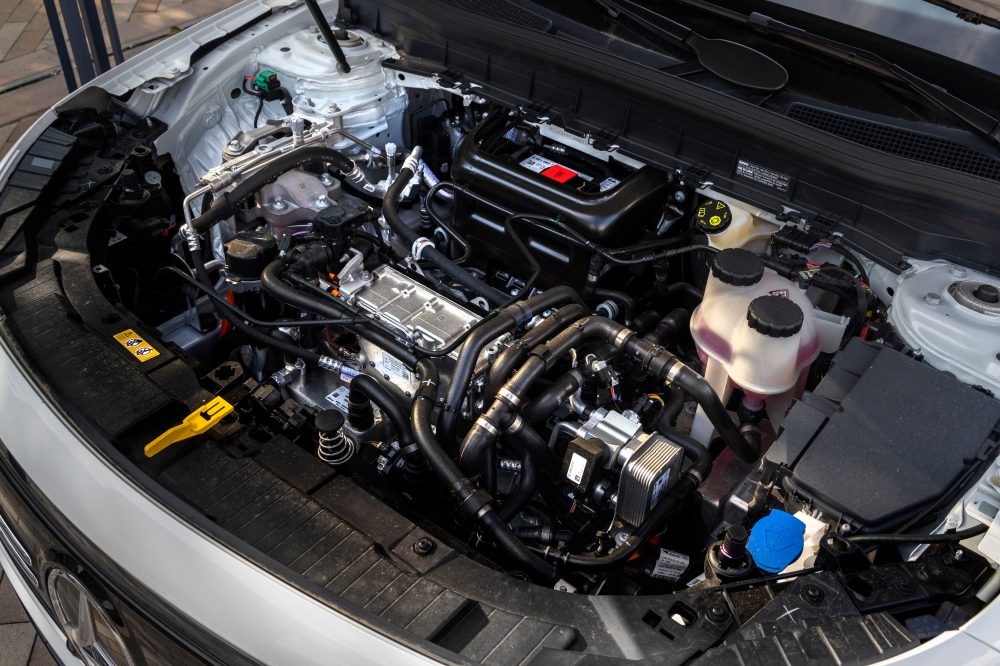

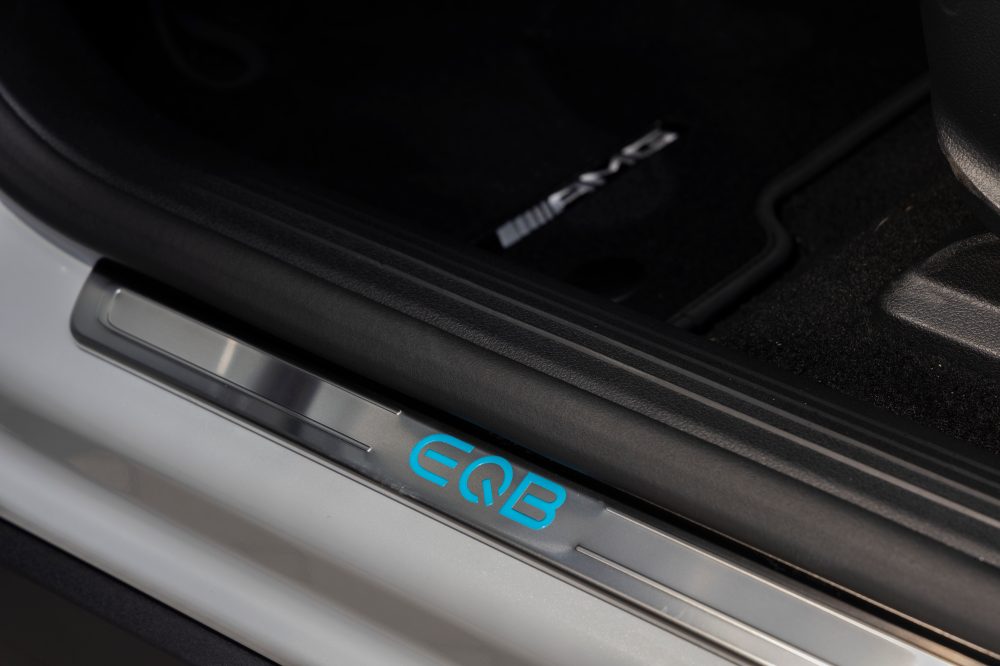
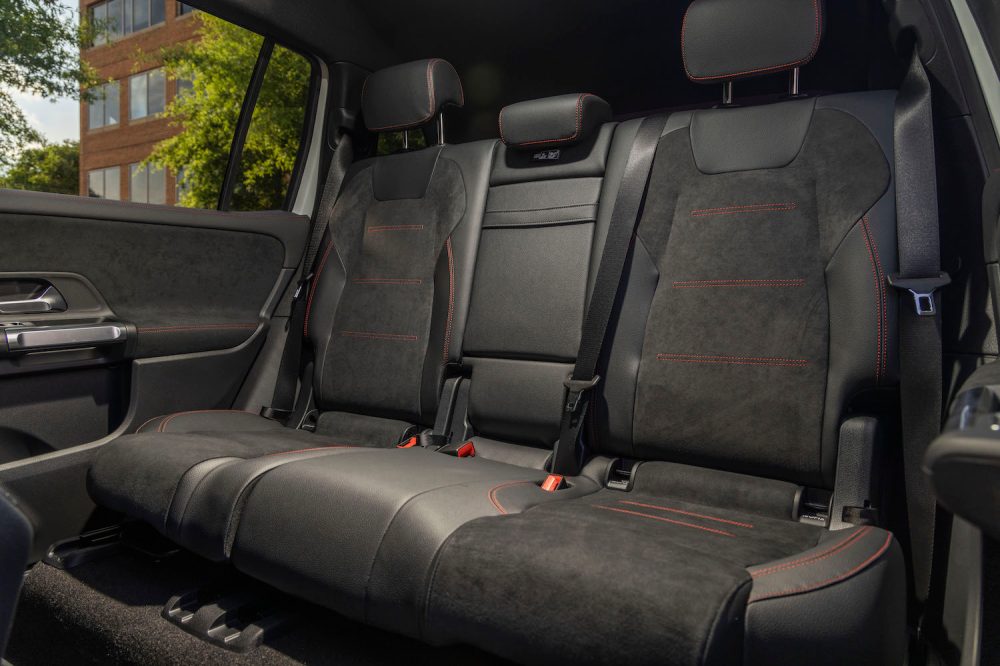
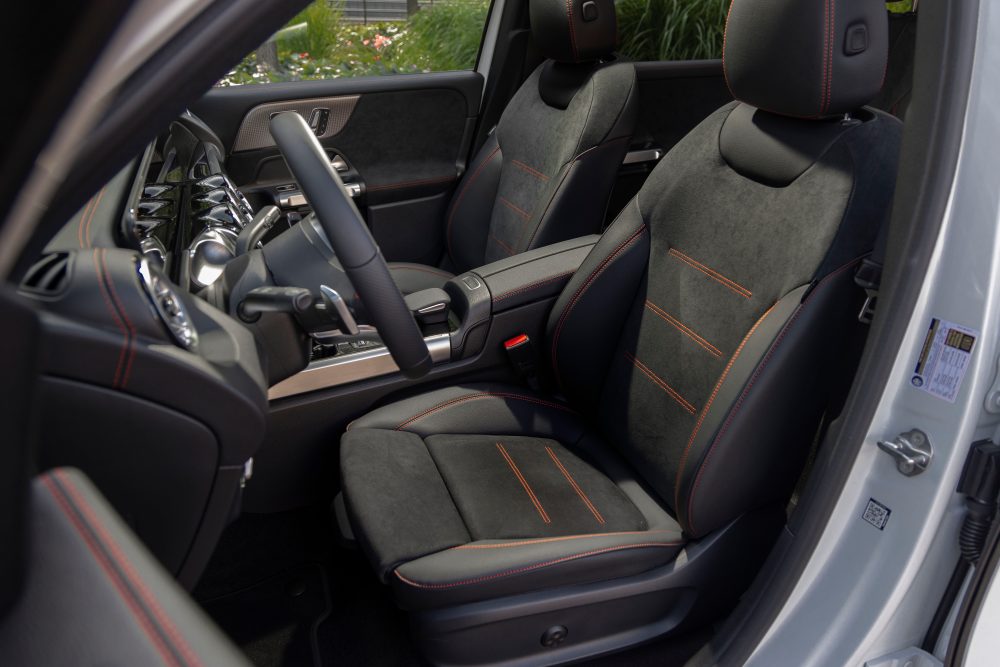

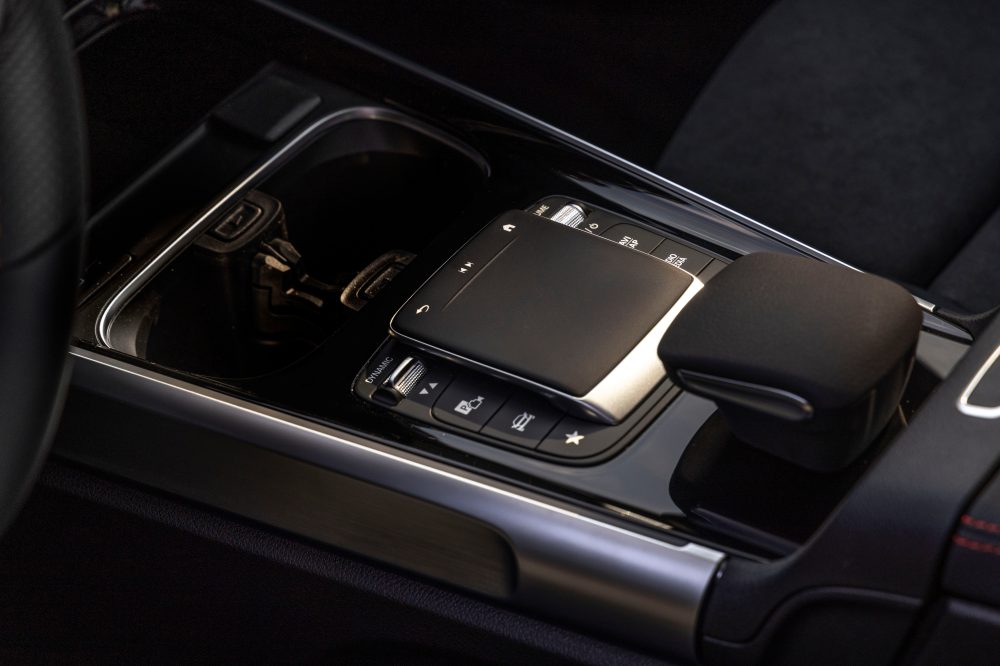
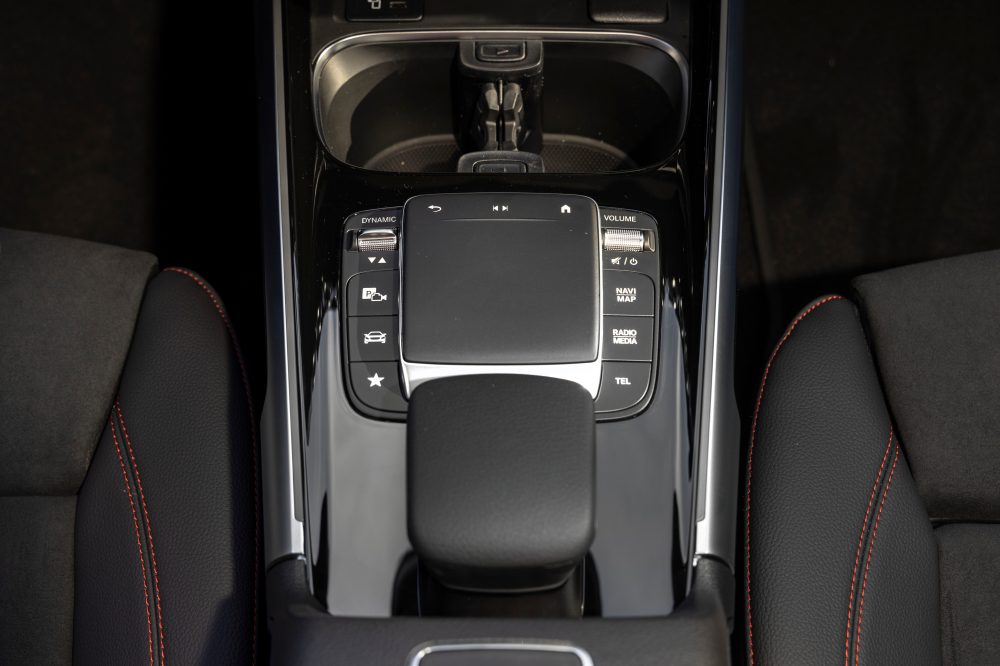
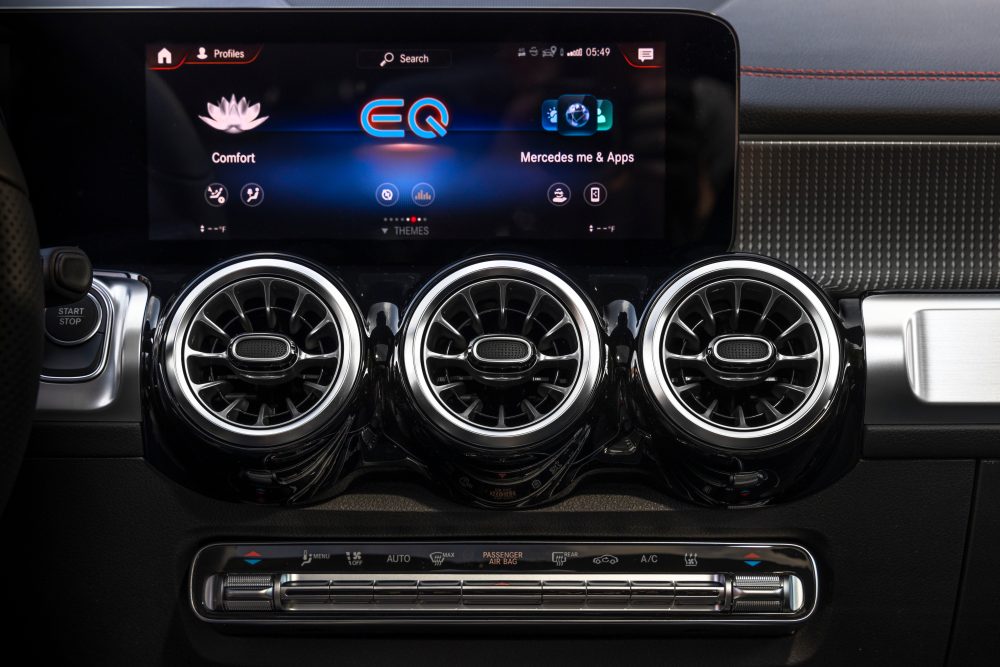
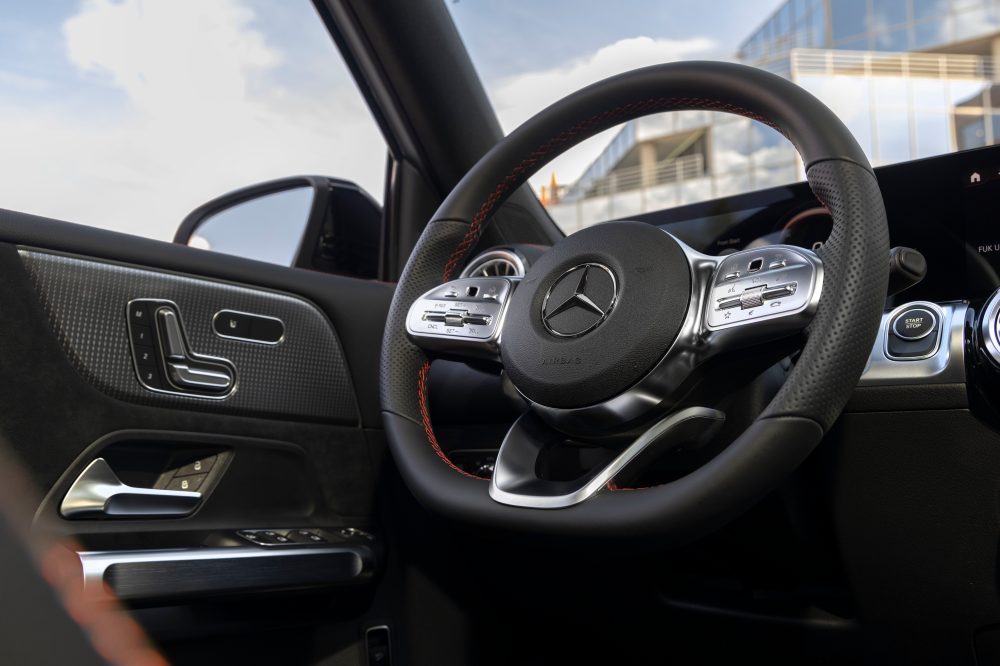
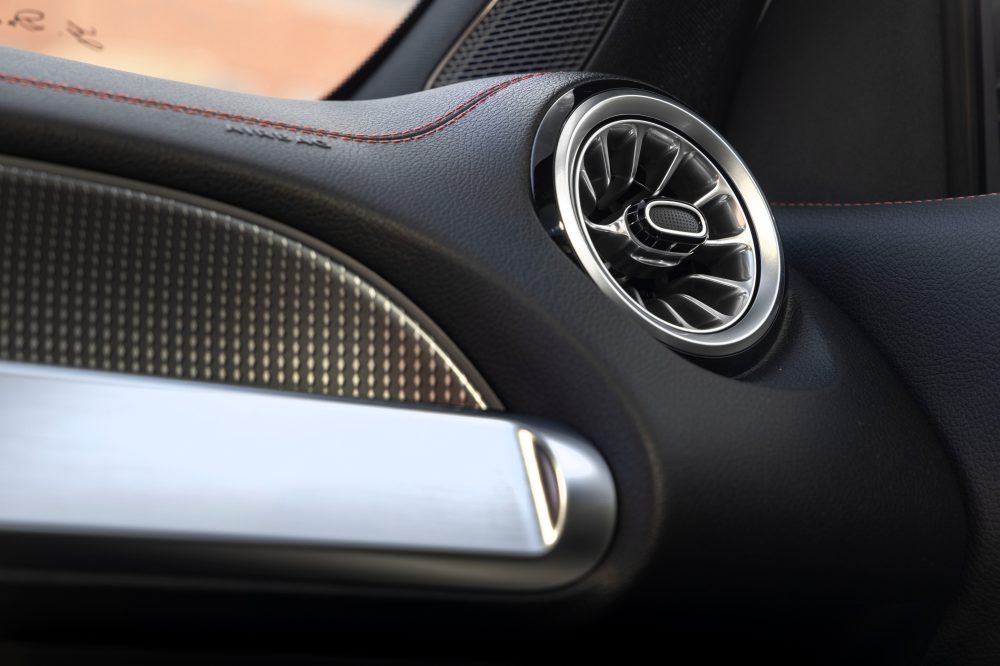
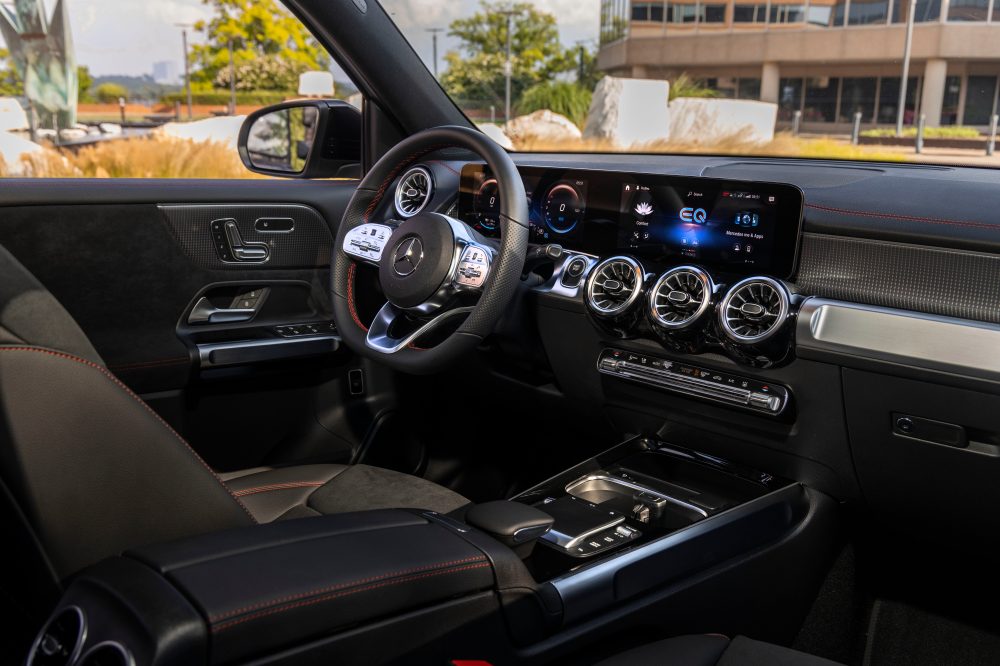

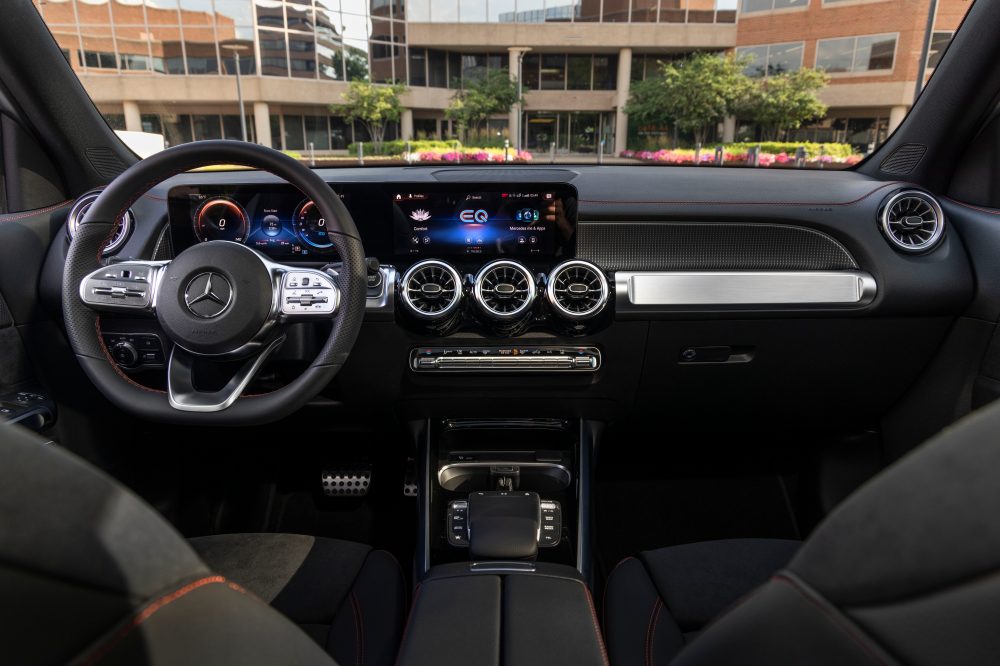
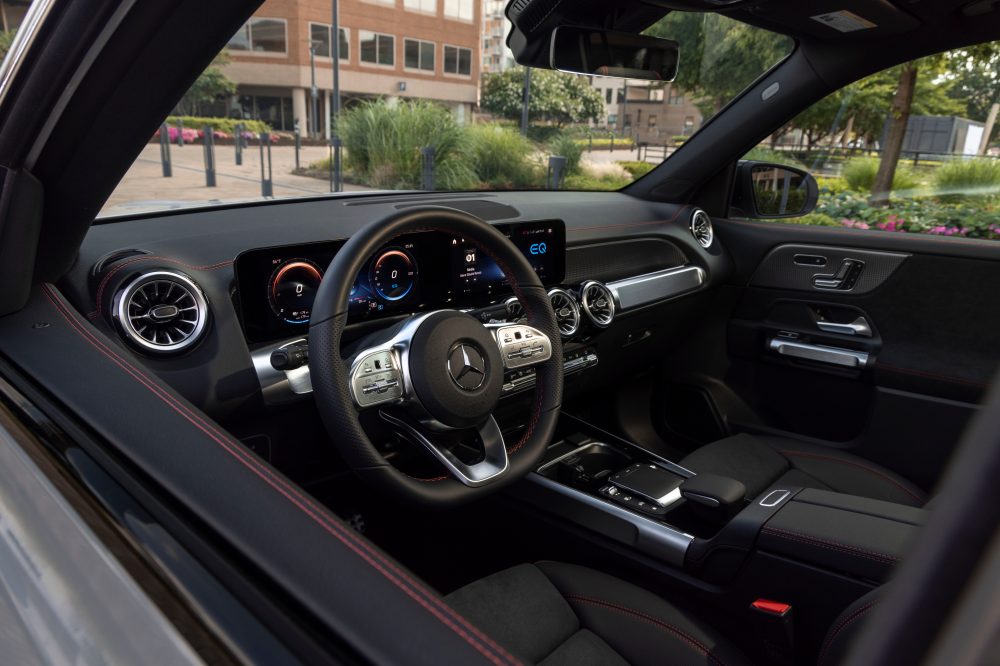
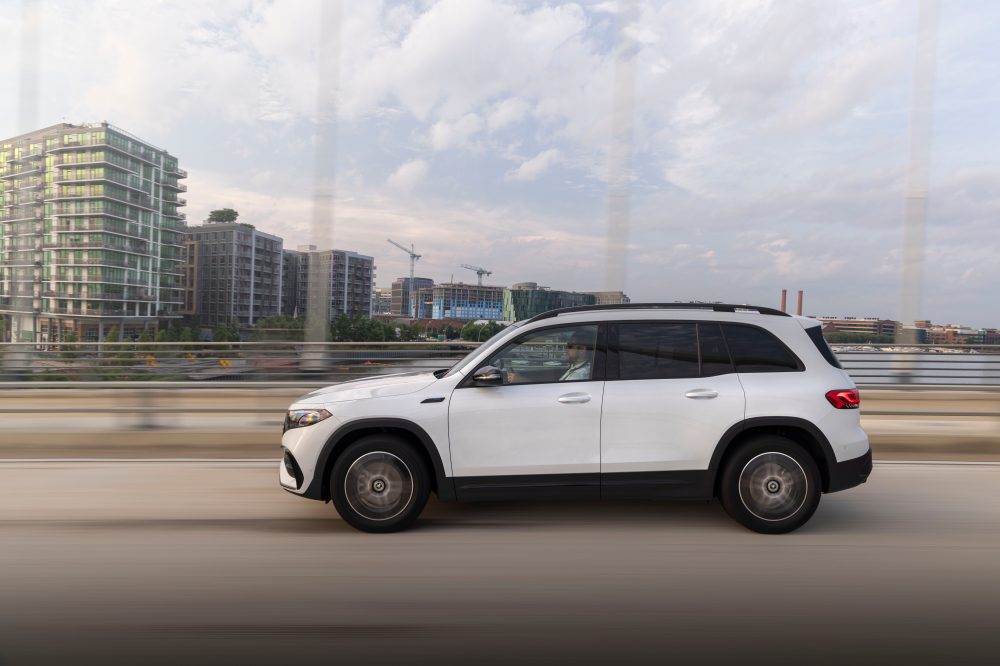
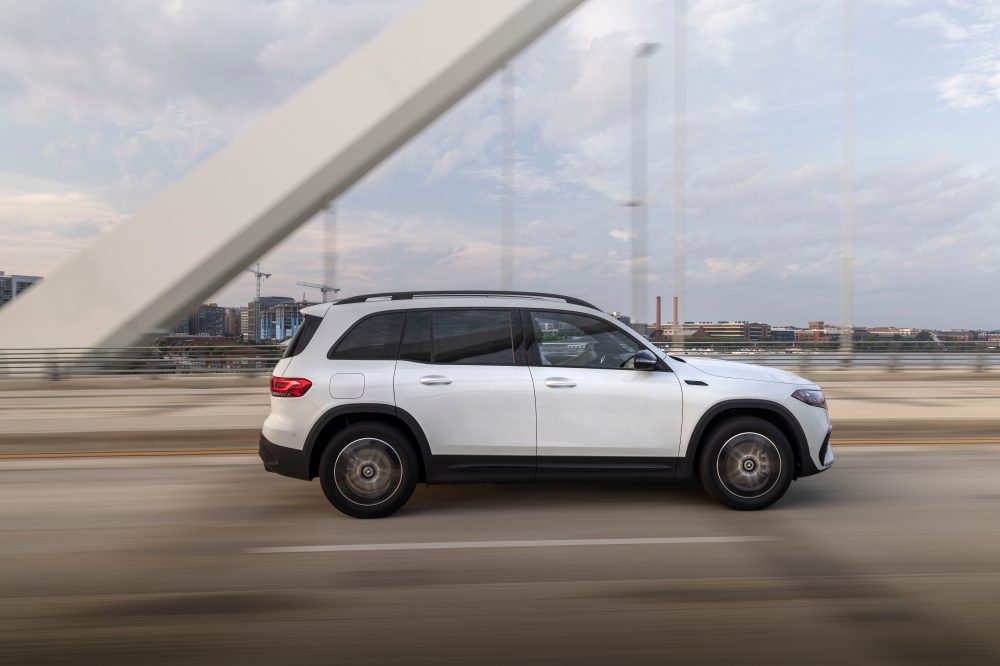
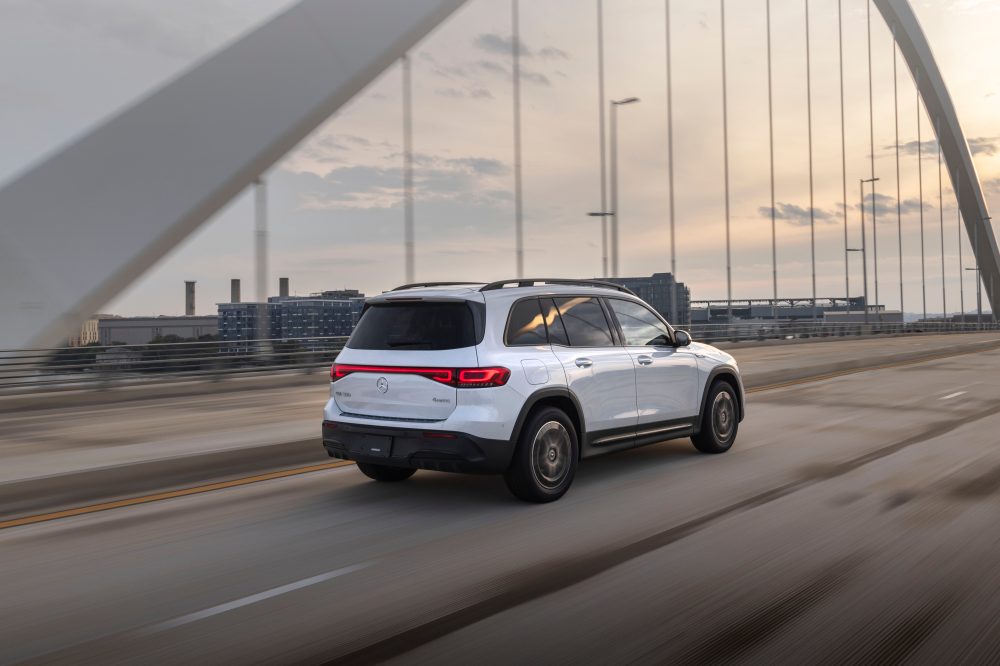
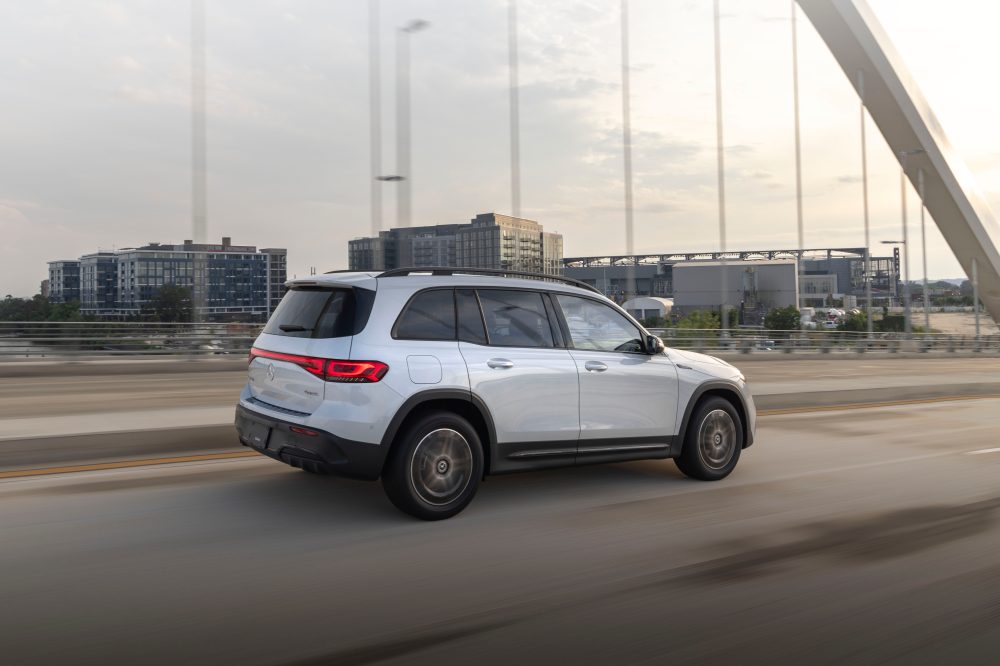

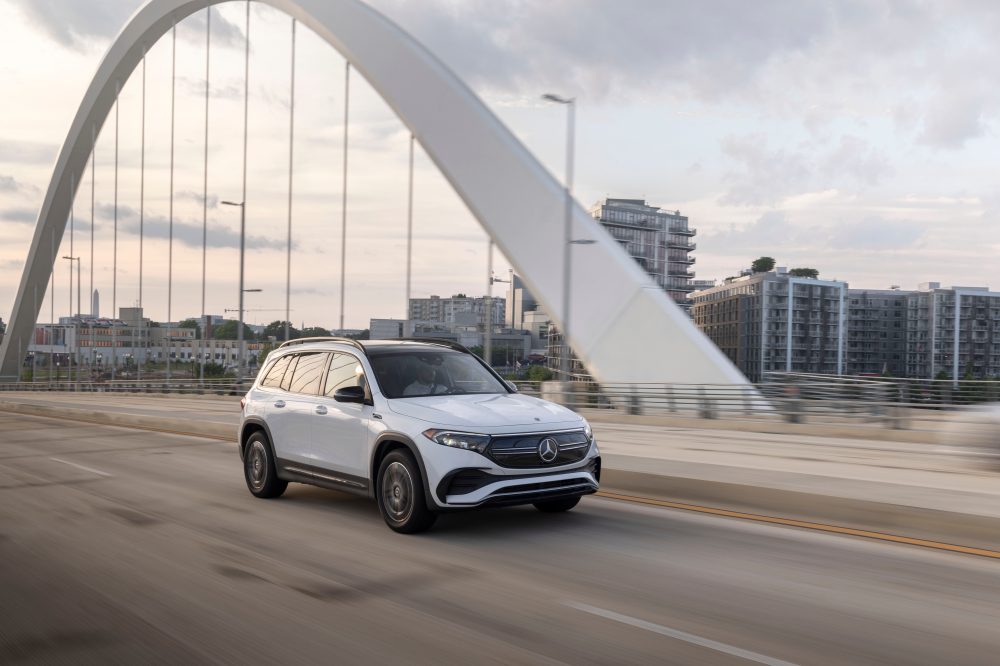
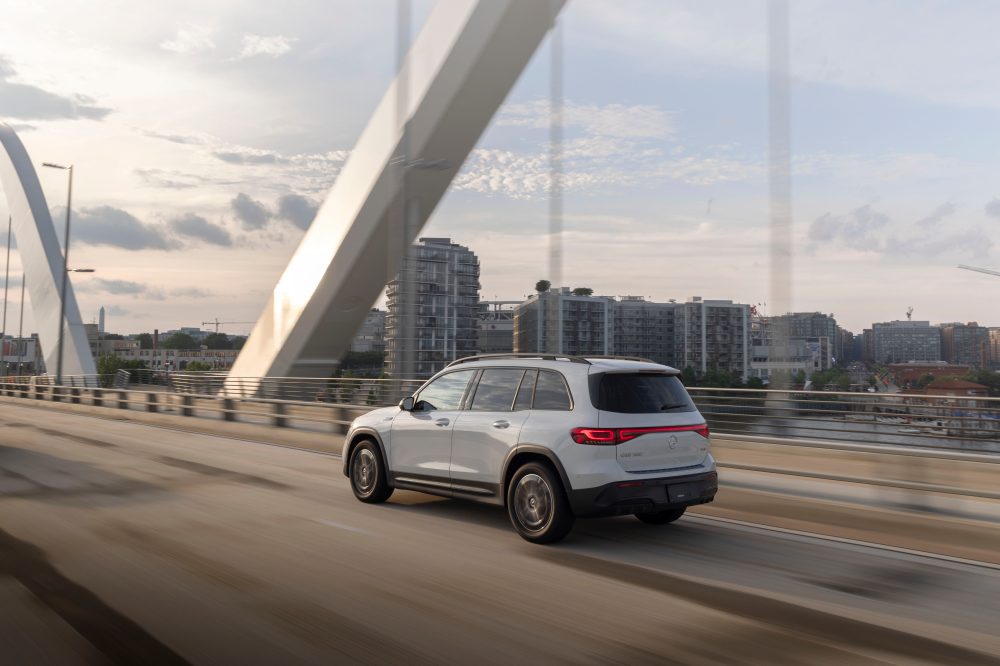
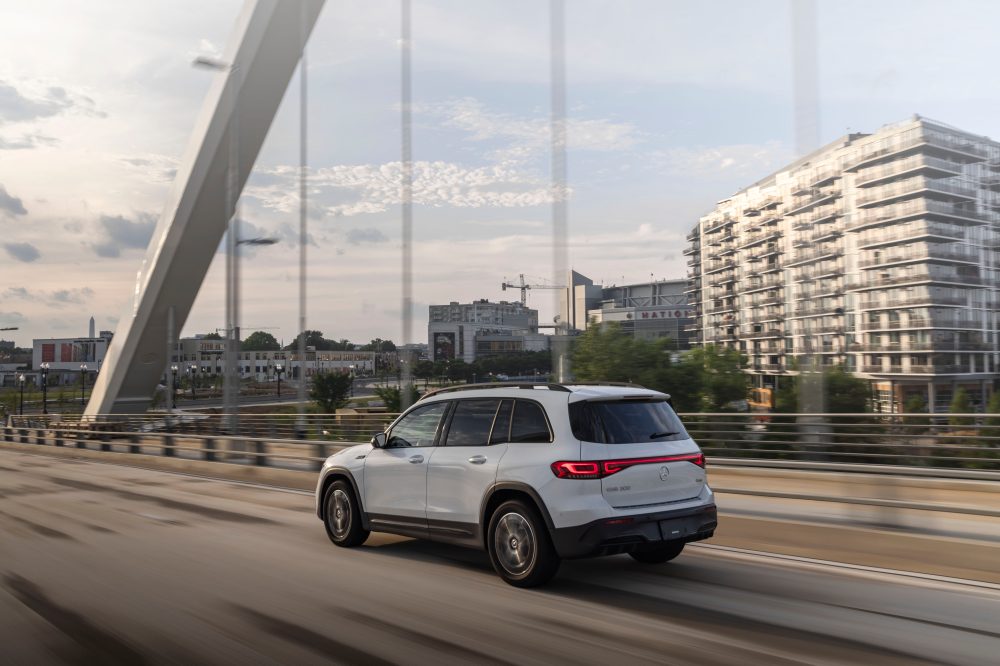
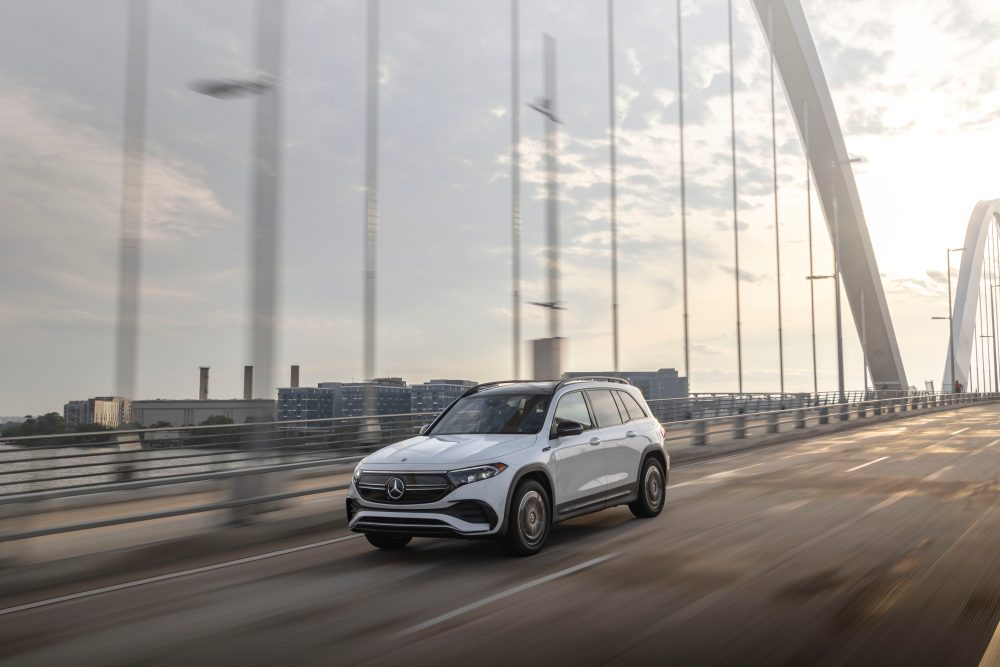
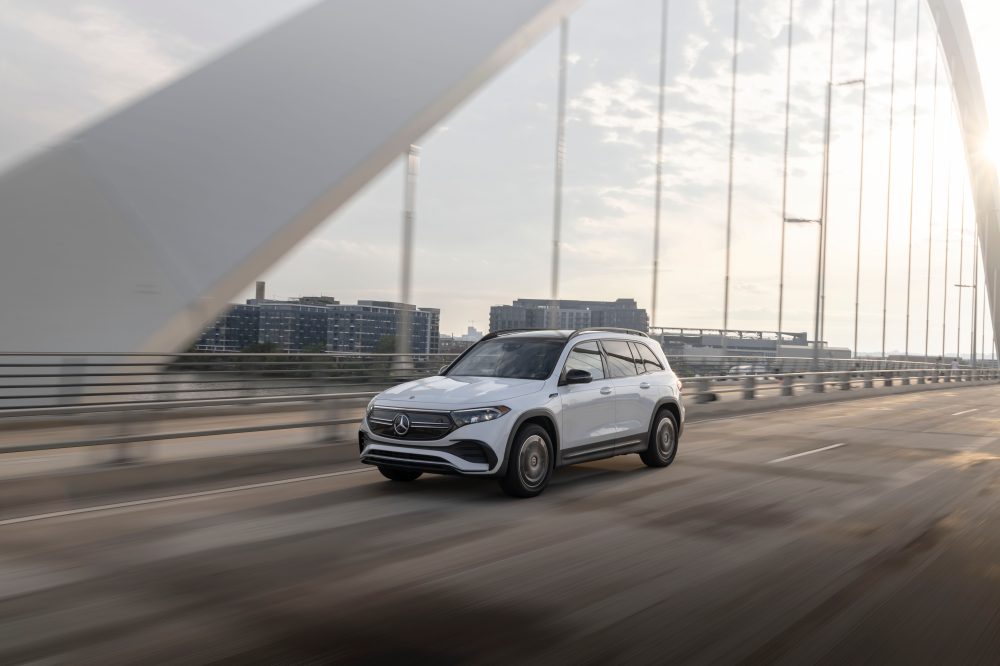

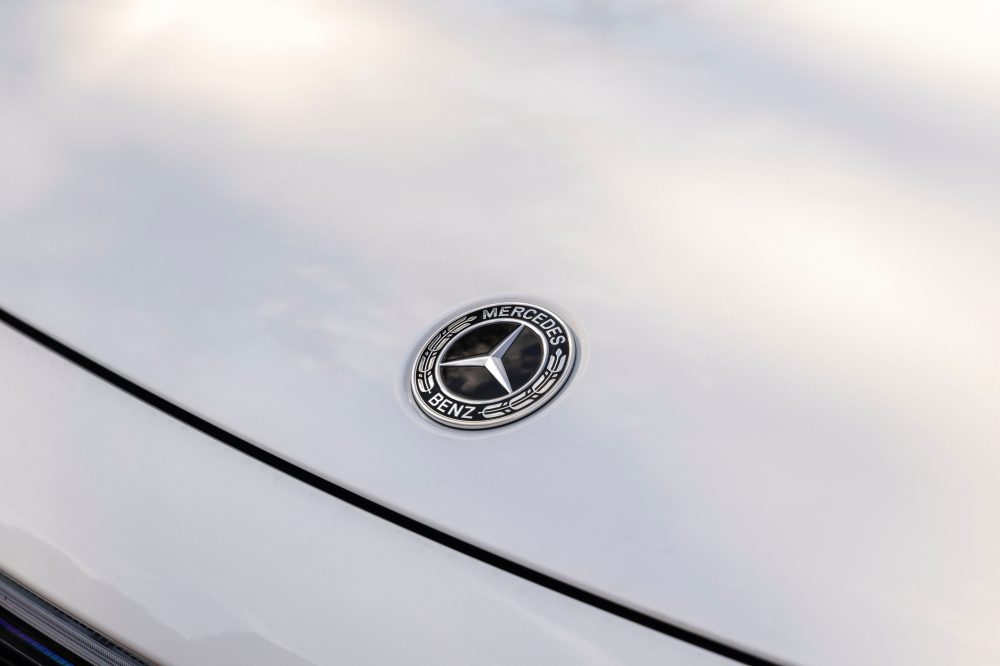
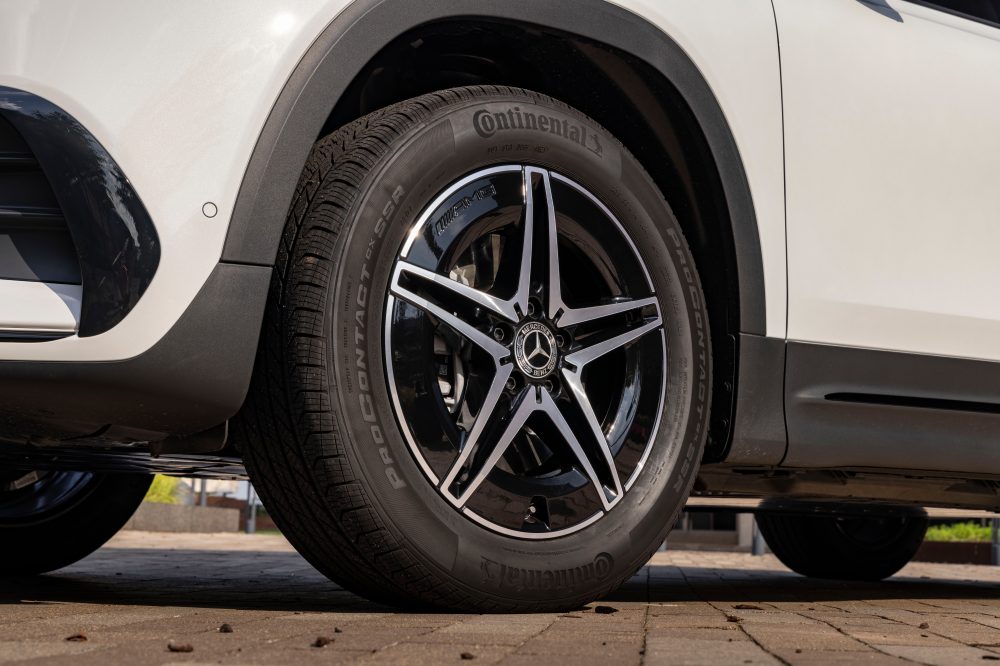
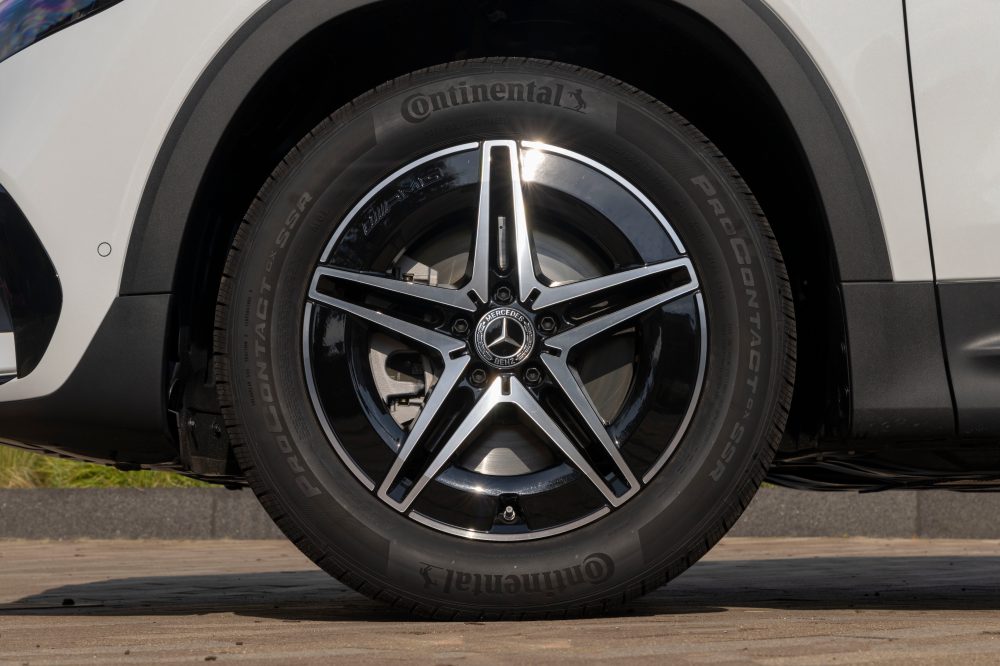
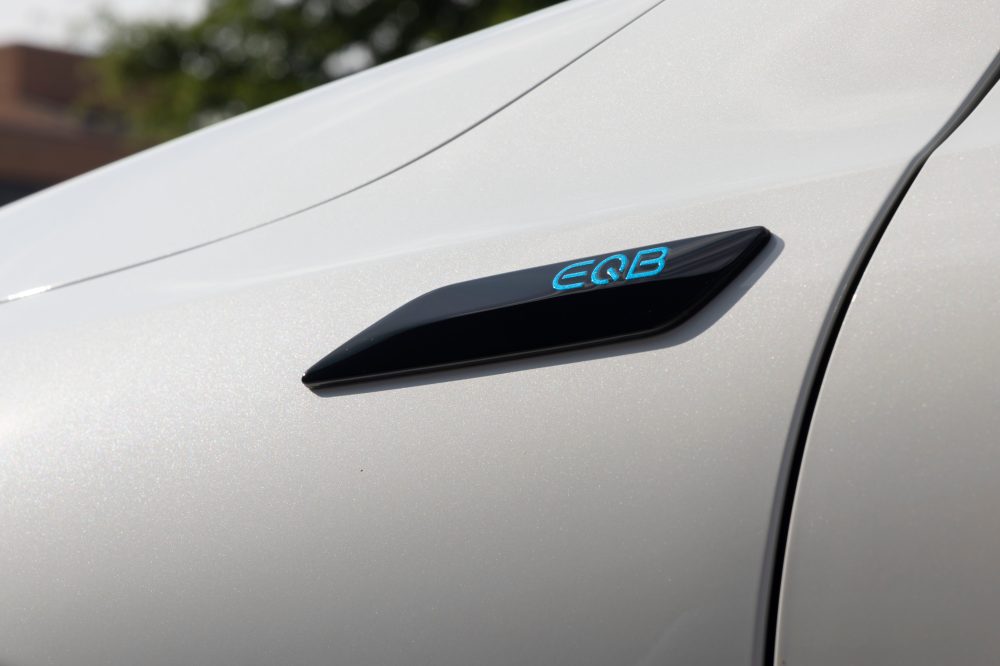

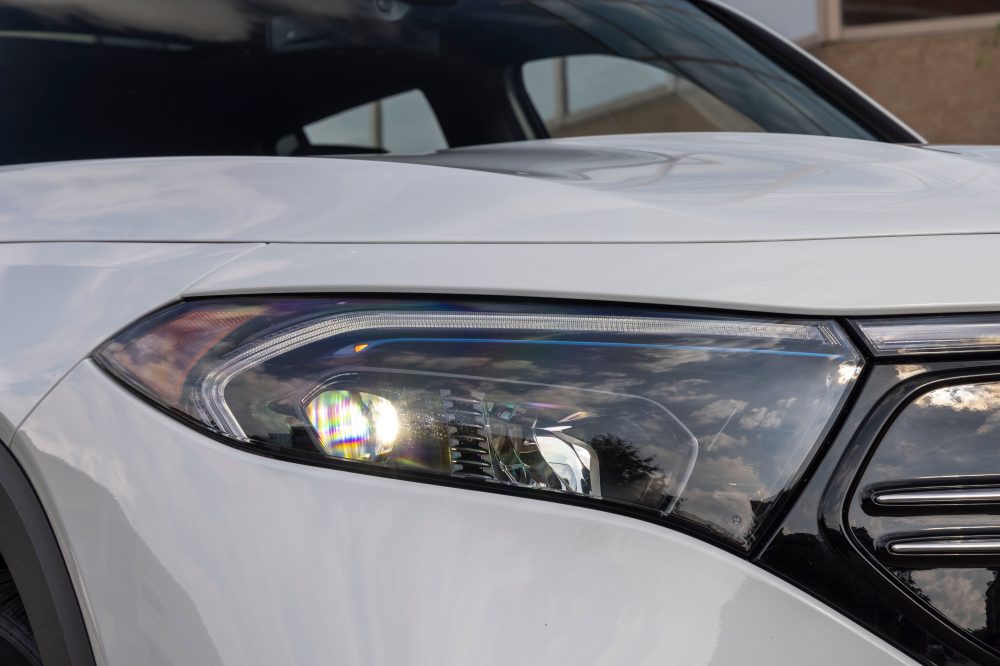
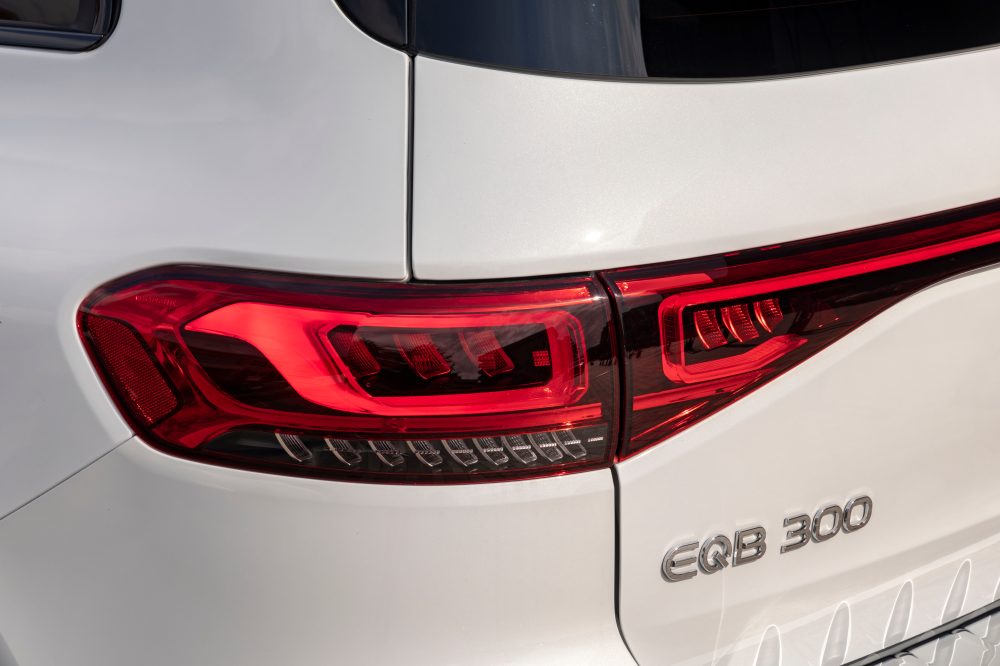

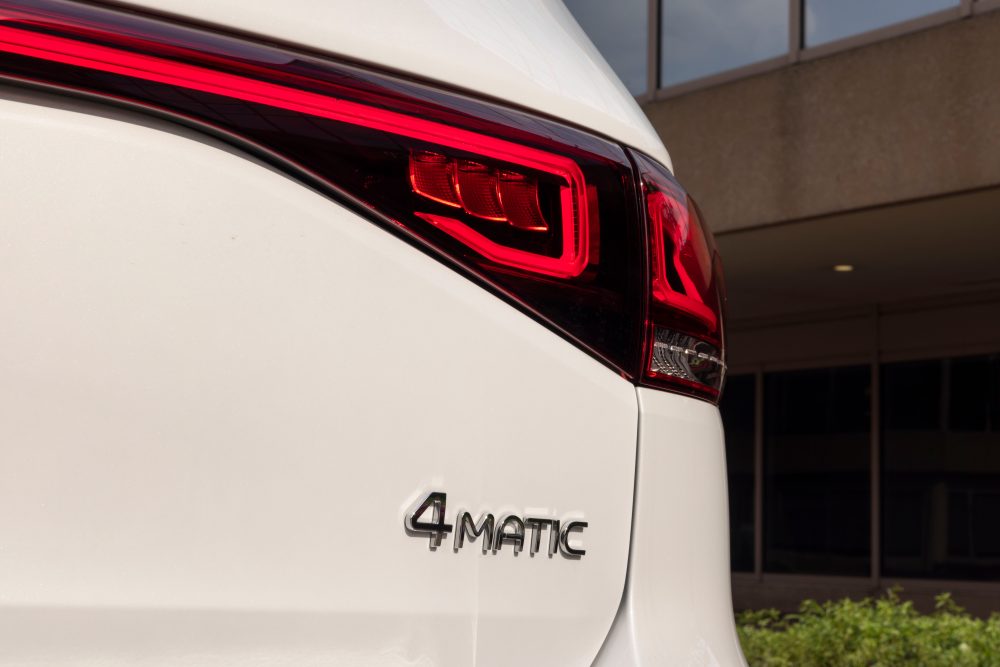
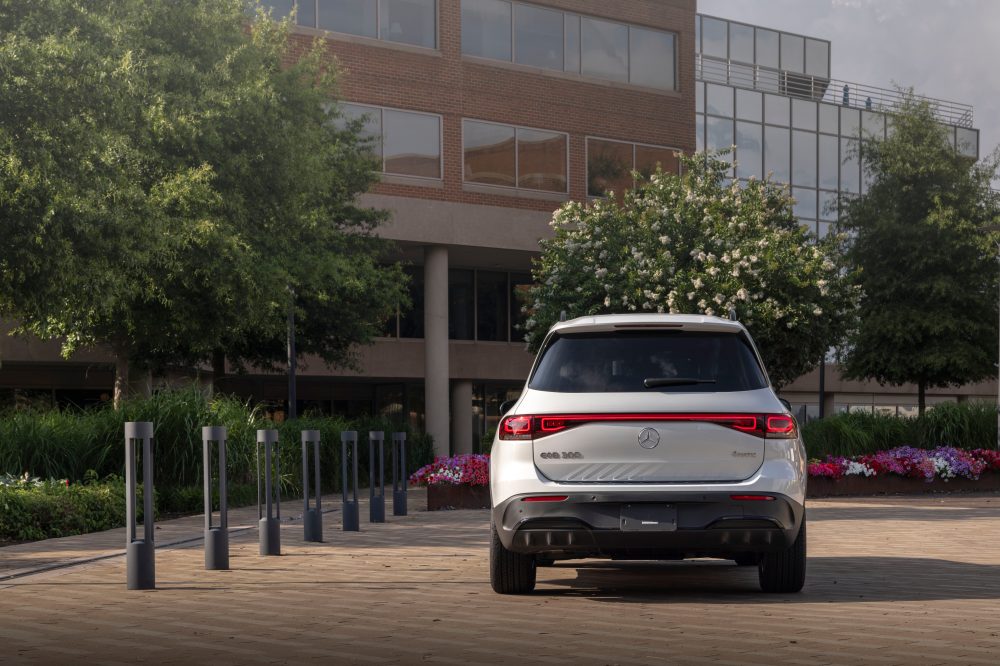
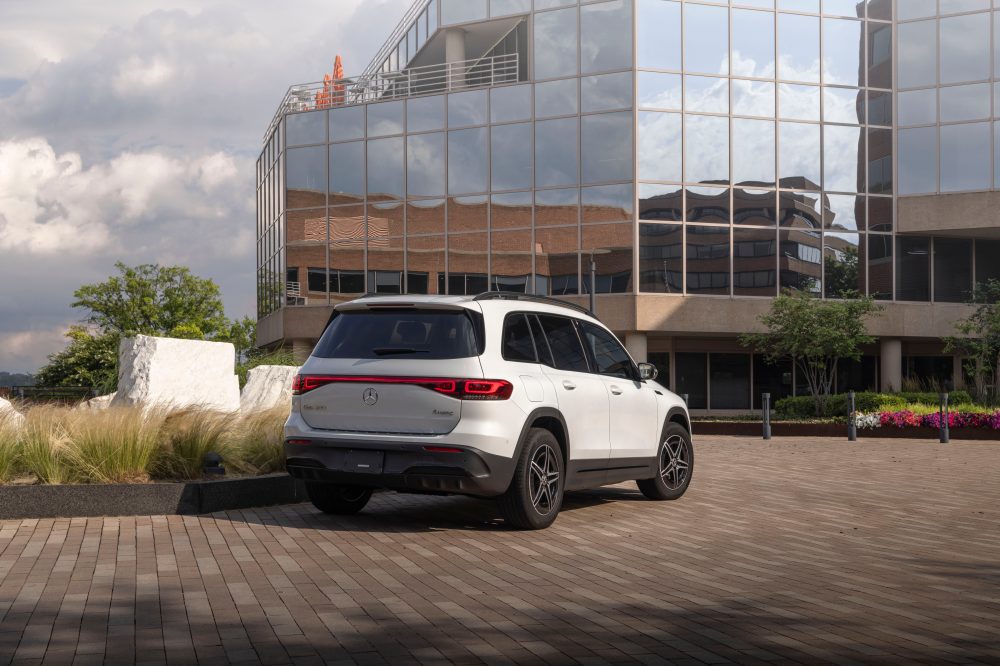
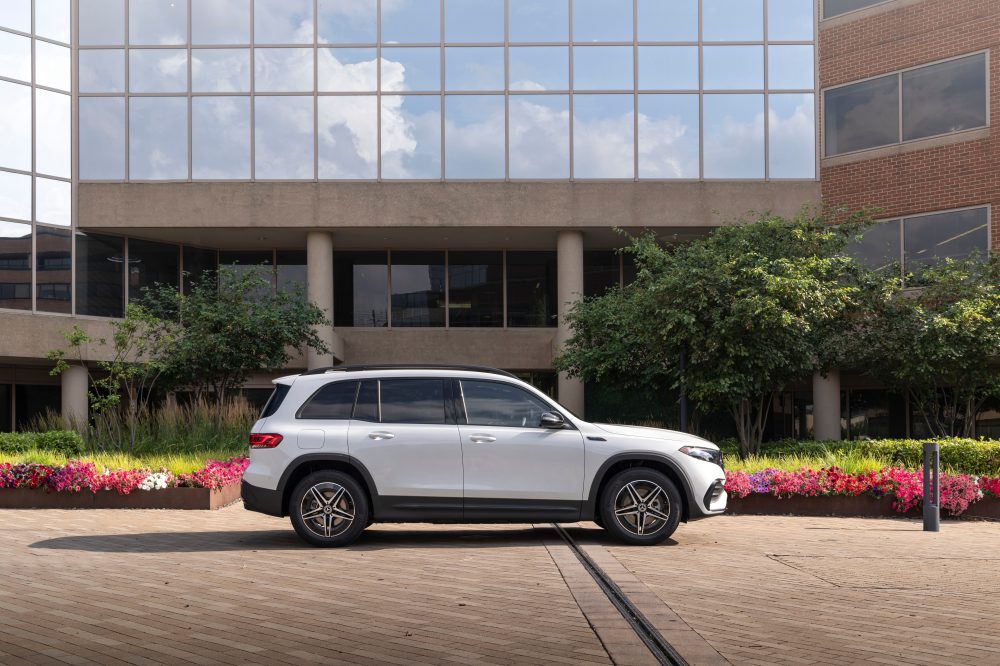
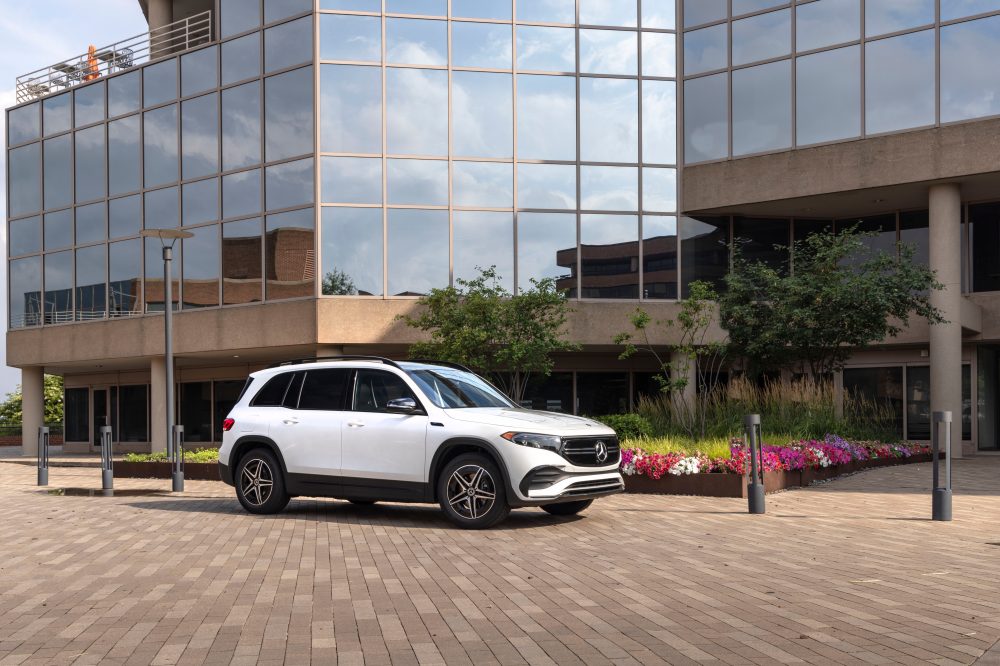
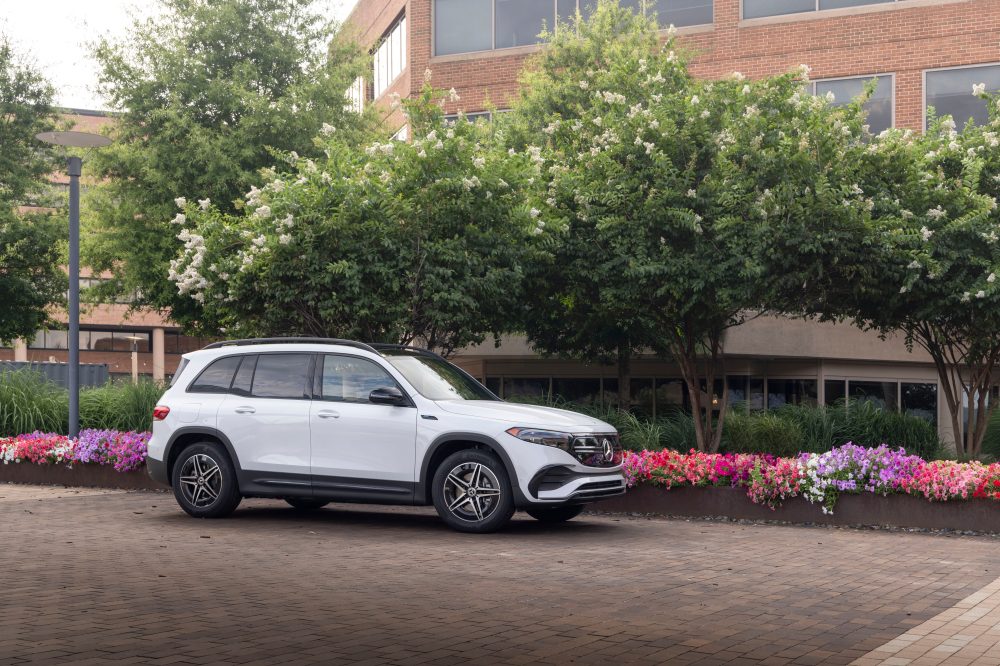
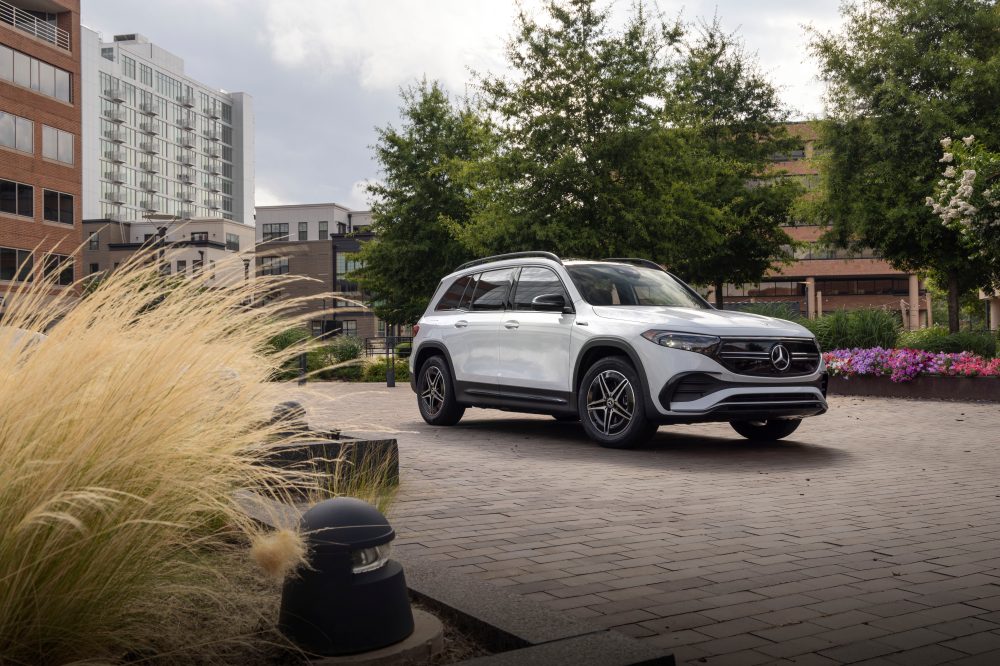
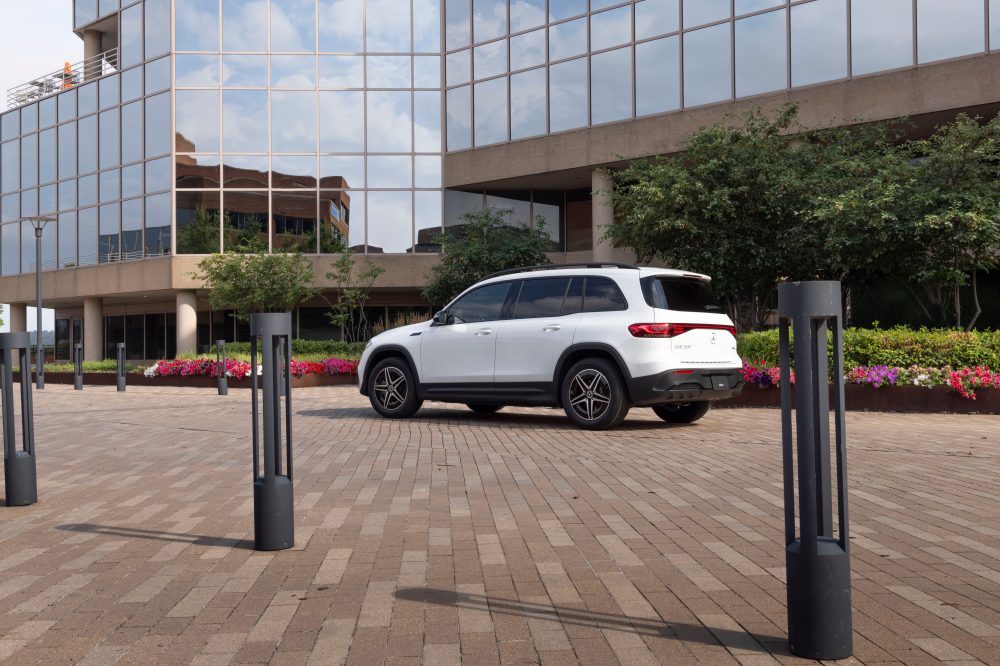
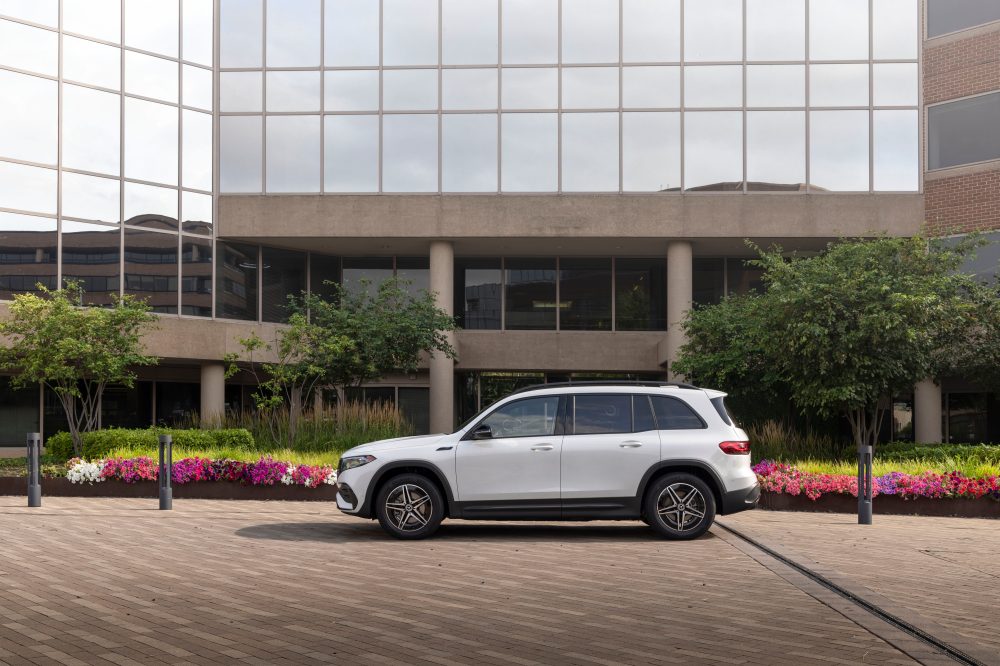
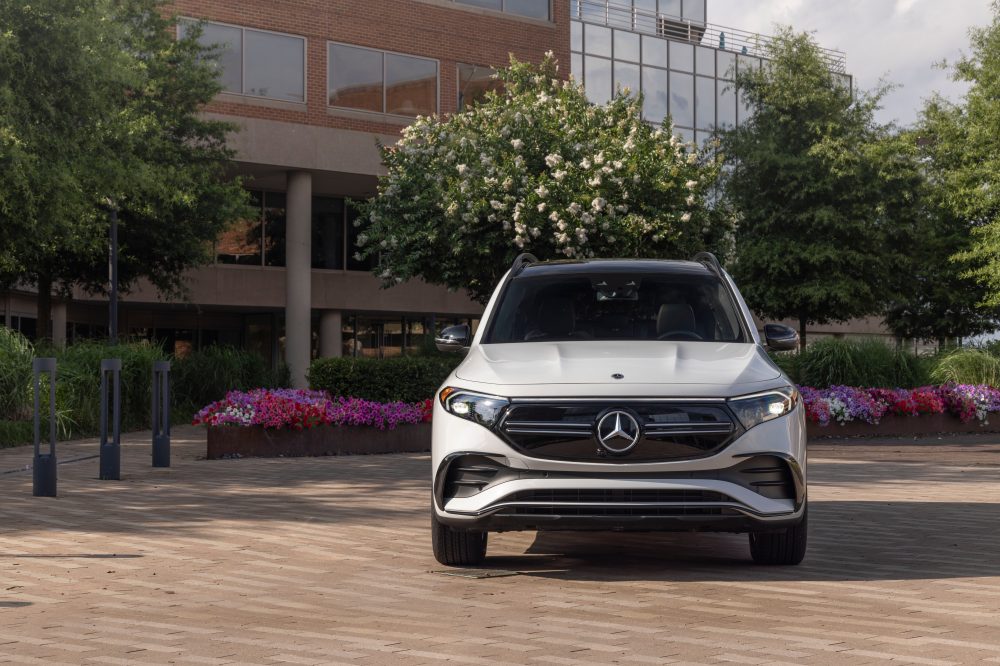







Comments